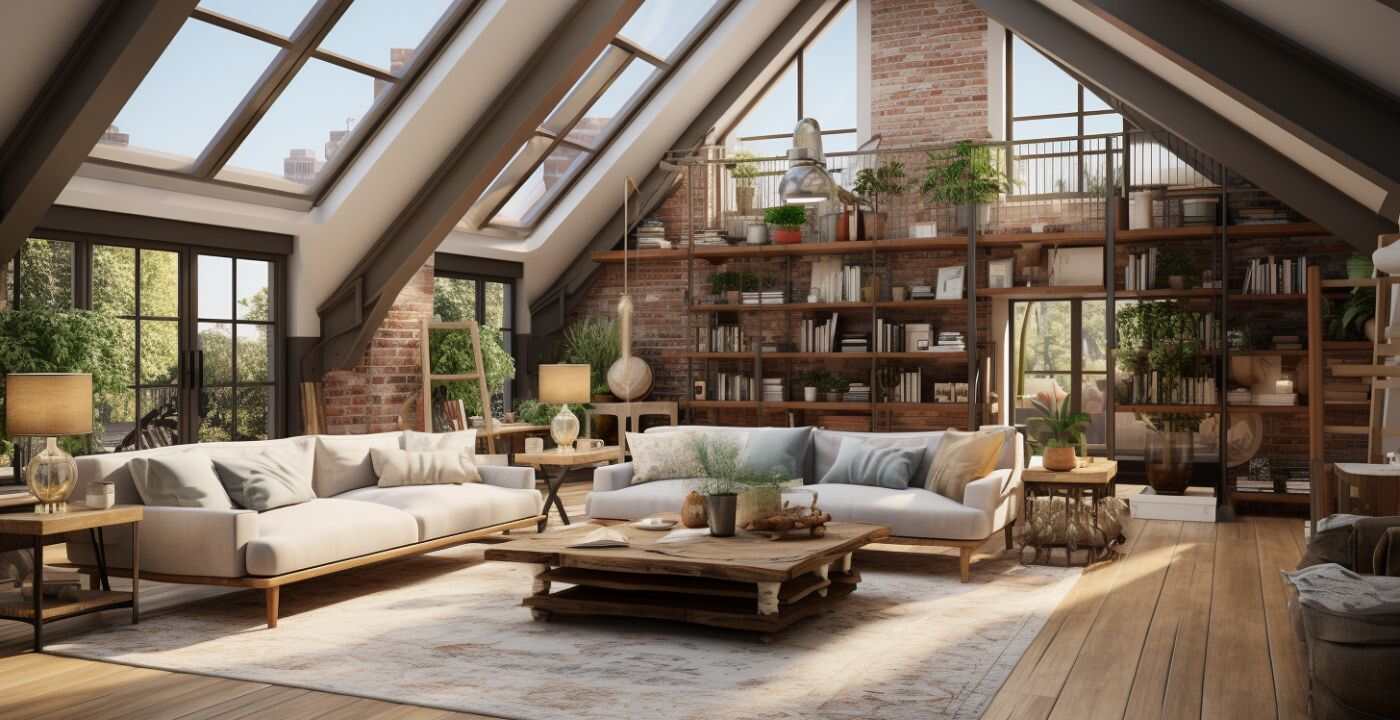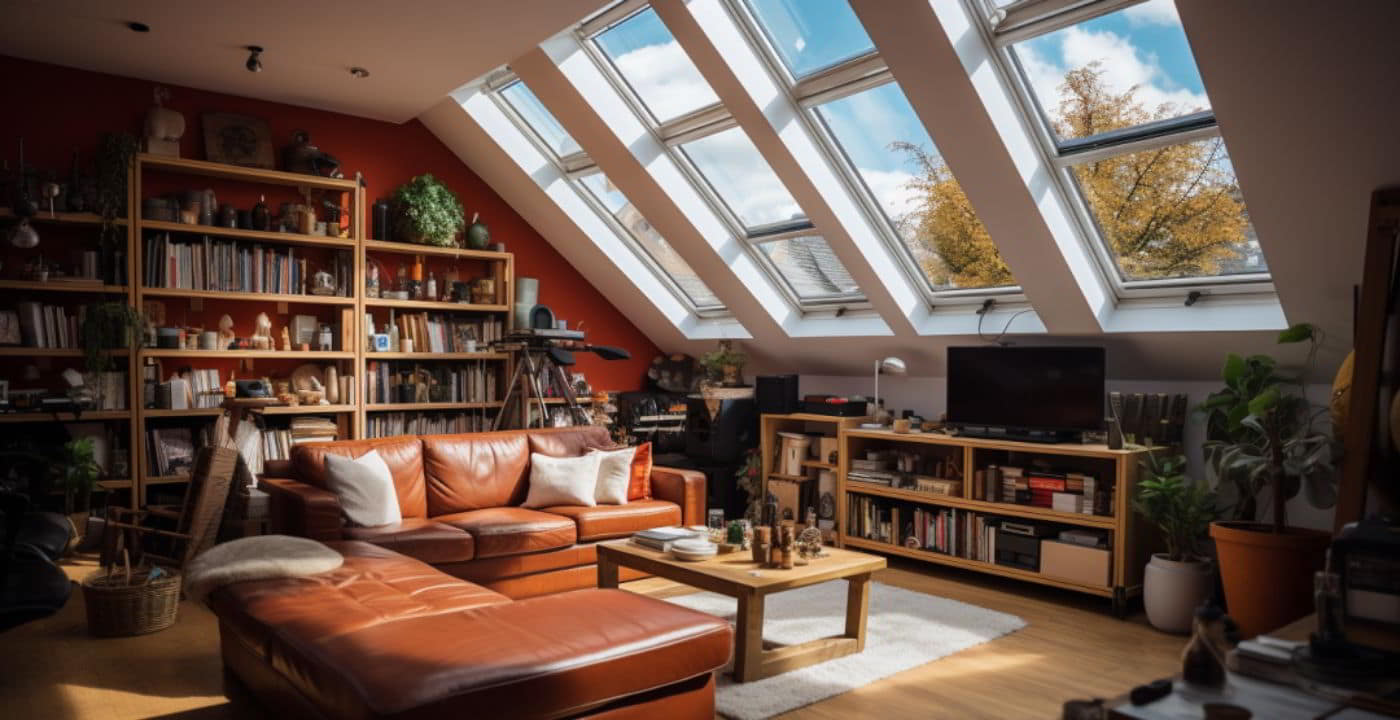
Key Takeaways
- Loft conversions offer homeowners a way to maximise their property’s potential, turning unused roof space into livable areas.
- Costs, aesthetic implications, and the amount of space gained vary widely depending on the conversion type.
- While some conversions are universally compatible, others are more property-specific, like the L-Shaped ideally suiting Victorian terraced homes.
What are the Different Types of Loft Conversion?
Loft conversions have become one of the most popular ways to enhance living space and increase property value. This method ensures homeowners get additional room without the hassle of moving or the costs associated with extensions.
There are various types of loft conversions but the main types of loft conversion (UK) are Hip to Gable, Dormer, Shell, L-Shaped, Mansard, and Roof Light/Velux.
Okay, let’s take a closer look at the different types of loft conversion.
Types of Loft Conversion
Hip to Gable
What is a hip to gable loft conversion?
A hip to gable loft conversion extends the side ridge of your roof to transform a hipped side of the roof into a flat gable end, providing more internal loft space.
Summary
Beneficial especially for semi-detached or end-of-terrace homes, the Hip to Gable conversion transforms limited loft spaces by turning the hipped roof into a gable.
This not only grants extra room but can also accommodate functional spaces like a spacious bedroom or office.
A significant advantage is its ability to maintain the architectural integrity of the home.
Exterior finish options vary, with some homeowners preferring matching brickwork, while others opt for contemporary cladding materials or a smooth render finish, merging protection with modern aesthetics.
Pros & Cons
Pros
- Enhanced Space: By converting the sloped roof, the living space expands significantly.
- Architectural Consistency: The conversion naturally integrates with the original structure of the house.
- Versatility: Suitable for creating an additional bedroom, study, or even a playroom.
Cons
- Limited to Certain Property Types: Best suited for semi-detached or end-of-terrace homes.
- Planning Permission: Sometimes, you might need planning permission, especially if the changes dramatically alter the property's silhouette.
- Potentially Costlier: Compared to simpler conversions like Velux, this might be a pricier option.
Who is it for?
The Hip to Gable conversion is tailor-made for those with semi-detached or end-of-terrace homes looking to maximise their loft space. If your objective is a spacious new room without compromising your home’s external appeal, this is your go-to.
Cost
Hip to Gable conversions, while offering significant space benefits, generally fall in the price bracket of £30,000 to £40,000.
The precise cost, however, can vary based on location, materials used, and the specific design intricacies involved.
Examples
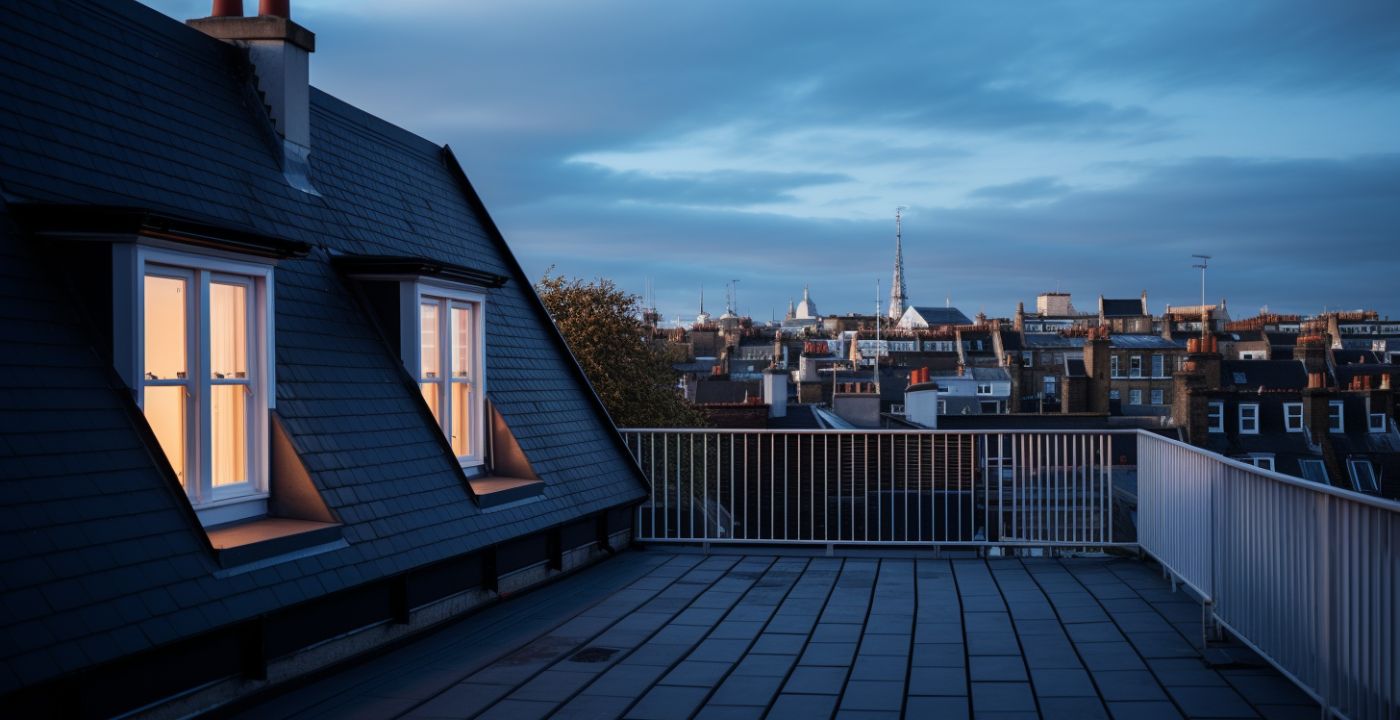
Dormer
What is a dormer loft conversion?
A dormer loft conversion is an extension that protrudes from the slope of the existing roof, creating additional floor space and headroom within the property.
Summary
Synonymous with versatility, the Dormer Loft Conversion is universally fitting for most house types, from terraced homes to bungalows.
By extending vertically from your sloping roof, it creates a box-shaped structure, providing ample headroom and floor space. It’s an excellent choice for those desiring a substantial increase in space without dramatically altering the existing property silhouette.
When it comes to exterior finishes, the Dormer presents a myriad of options.
Some homeowners retain consistency with matching brickwork, while others indulge in modern cladding materials or opt for a chic render finish that combines protection with an updated aesthetic.
Pros & Cons
Pros
- Increased Space: Offers the most floor space and headroom of any conversion type.
- Versatility: Compatible with almost all house types.
- Variety: Multiple styles available, such as flat-roof, shed, and dog-house dormers.
Cons
- Aesthetics: Some find the boxy appearance less aesthetically pleasing.
- Cost: Due to the additional structural changes, dormers can be more expensive.
- Maintenance: The flat roof of a dormer may require more regular maintenance.
Who is it for?
If your primary objective is to maximise space, a Dormer Loft Conversion stands out. Ideal for nearly every property type, it provides both headroom and floor space, making it a popular choice for substantial loft transformations.
Cost
Considering the added space and structural changes, Dormer conversions typically range between £35,000 to £45,000.
As always, costs can fluctuate based on design preferences, location, and selected materials.
Examples
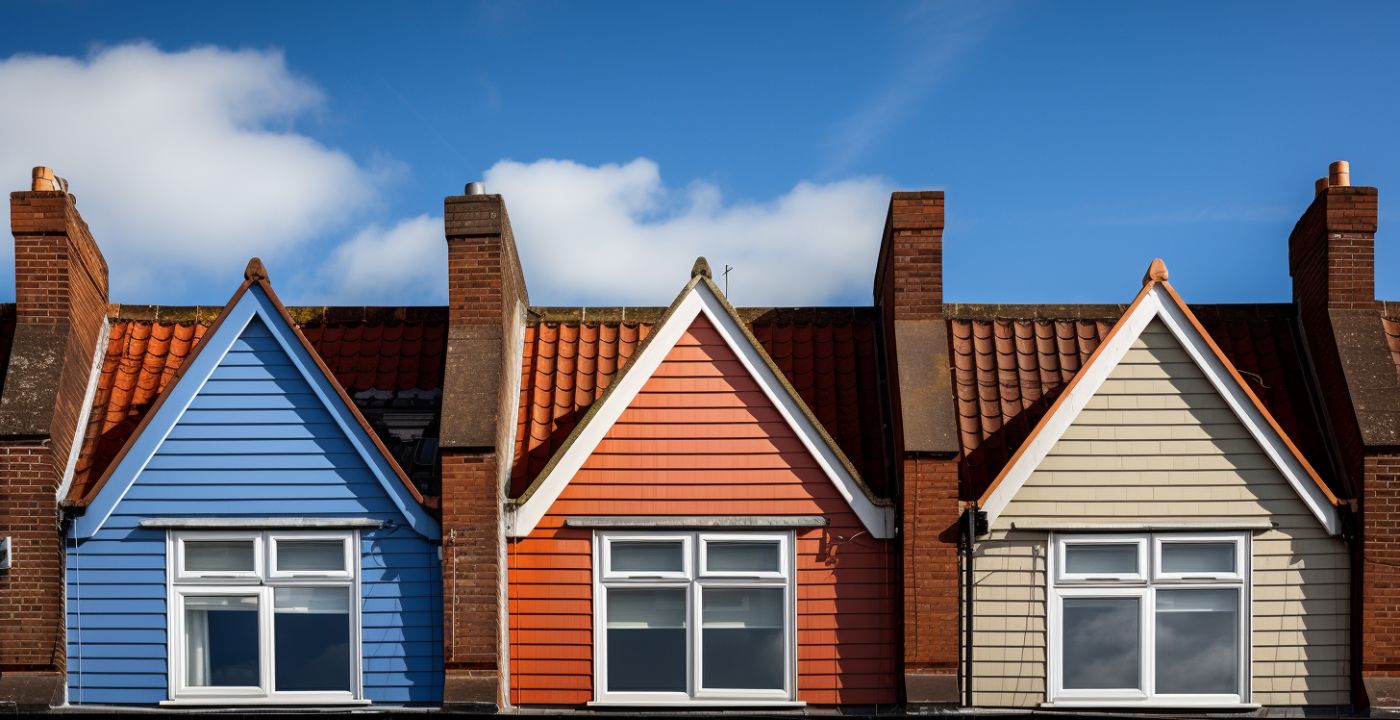
Shell
What is a shell loft conversion?
A shell conversion, as the name suggests, means constructing the basic “shell” of the conversion.
This involves the structure, roofing, flooring, and windows but leaves the internal space untouched and ready for customization.
Summary
Especially fitting for homeowners who cherish customization, the Shell Loft Conversion allows one to create the fundamental structure, setting the stage for future bespoke designs.
This approach enables homeowners to phase out costs and decisions, laying down the loft’s groundwork first, and then incrementally designing interiors as per need and taste.
A shell conversion retains the original essence of the house, offering flexibility for internal modifications.
When it comes to the exterior, some homeowners lean towards harmonising brickwork that seamlessly blends with the existing structure.
Others venture into modern facades with cutting-edge cladding materials or sleek render finishes, making a statement while ensuring protection from the elements.
Pros & Cons
Pros
- Customization Flexibility: Provides homeowners the liberty to design the interiors exactly to their liking without being boxed by a pre-existing design.
- Phased Costs: With the shell in place, homeowners can stretch out the budget by pacing the internal work, ensuring finances are well-managed.
- Property Value: Given its open canvas nature, prospective buyers can see the potential and might be willing to pay more for the customization opportunities.
Cons
- Extended Timeline: As you'll be doing the interior work post shell construction, the entire loft conversion process may take longer to complete.
- Potential for Increased Costs: If not managed properly, customising the interiors after the shell is constructed can sometimes lead to higher costs in the long run.
- Requires More Decision Making: A shell conversion requires homeowners to make decisions not only on the shell but also every single detail of the interior.
Who is it for?
Ideal for homeowners with a clear vision of their dream space, a Shell Loft Conversion lets you craft your loft’s interiors, making it truly unique.
If you’re budget-conscious and want to spread out the costs, this conversion is a strategic choice.
Cost
Starting with the basic structure, a Shell Loft Conversion can be initially more cost-effective, with prices typically starting from £20,000 to £30,000.
However, the final cost will significantly depend on the internal modifications, designs, and materials chosen.
It’s advisable to factor in a contingency budget, given the bespoke nature of the interior work that follows.
Examples

L-Shaped
What is an l-shaped loft conversion?
An L-Shaped conversion combines a rear dormer extension with a vertical extension down the rear of the property, forming an ‘L’ shape.
Summary
Primarily suited for Victorian and Edwardian terraced homes, the L-Shaped Loft Conversion is all about optimising space. By seamlessly merging a rear dormer extension with a perpendicular extension, it crafts a spacious L-shaped area.
This unique structure often allows homeowners to add multiple rooms, be it bedrooms, bathrooms, or a study.
The L-Shaped conversion integrates effortlessly into the existing design, with exterior finish options that span from traditional matching brickwork to modern cladding or a refined render finish, striking a balance between preservation and contemporary design.
Pros & Cons
Pros
- Optimal Space: Allows for multiple rooms due to its unique structure.
- Aesthetic Integration: Visually, it tends to blend effortlessly with Victorian and Edwardian homes.
- Value Addition: Given the potential to add multiple rooms, it can significantly boost property value.
Cons
- Not Universal: It's mostly applicable only to certain property types like Victorian terraced homes.
- Potential for Planning Permission: Due to its size and the possible change to the property's structure, you might need planning permissions.
- Complexity: This type of conversion is generally more complicated, potentially leading to longer construction times.
Who is it for?
For those residing in Victorian or Edwardian terraced homes and craving substantial space enhancements, the L-Shaped Loft Conversion is a strategic pick. It not only optimises space but does so while retaining the timeless charm of your home.
Cost
Given its intricate design and the potential to add multiple rooms, L-Shaped conversions can cost anywhere from £40,000 to £50,000.
As ever, the final price might vary based on specific design intricacies and the materials chosen.
Examples

Mansard
What is a mansard loft conversion?
A Mansard conversion involves a major modification to the roof, creating a flat roof with a back wall sloping inwards at an angle of 72 degrees.
Summary
Favoured for its aesthetic appeal and roomy interiors, the Mansard Loft Conversion is typified by its steep, 72-degree sloping wall and flat roof.
While it’s a substantial structural change, it gifts homes with generous space, often accommodating multiple rooms or a large luxurious suite.
This conversion type is predominantly seen in urban areas and seamlessly integrates with terraced homes.
Exterior finishing options are plenty, from consistent brickwork that pays homage to the original structure, to modern cladding materials or an elegant render finish that fuses protection with forward-thinking design.
Mansard and Dormer are two popular types of UK loft conversion – for a comparison take a look at Mansard vs Dormer Loft Conversion.
Pros & Cons
Pros
- Vast Space: Among all conversions, Mansard offers one of the most significant space increments.
- Architectural Elegance: Its design can enhance the overall aesthetic appeal of a property.
- Flexibility: The spacious design offers versatility in terms of interior layout.
Cons
- Cost: Due to the substantial structural changes, Mansard conversions can be on the pricier side.
- Planning Permission: Almost always requires planning permission because of the significant changes to the property's roofline.
- Construction Time: Given its complexity, it may take longer to complete compared to other conversion types.
Who is it for?
For those who value architectural finesse and spacious interiors, the Mansard Loft Conversion is hard to overlook. Particularly if you reside in an urban area or terraced home, this could be the transformative change you’ve been seeking.
Cost
Reflecting its comprehensive nature and the opulent space it offers, Mansard conversions usually start from £45,000 and can go up to £55,000 or more.
The exact cost hinges on the design complexities and materials chosen.
Examples
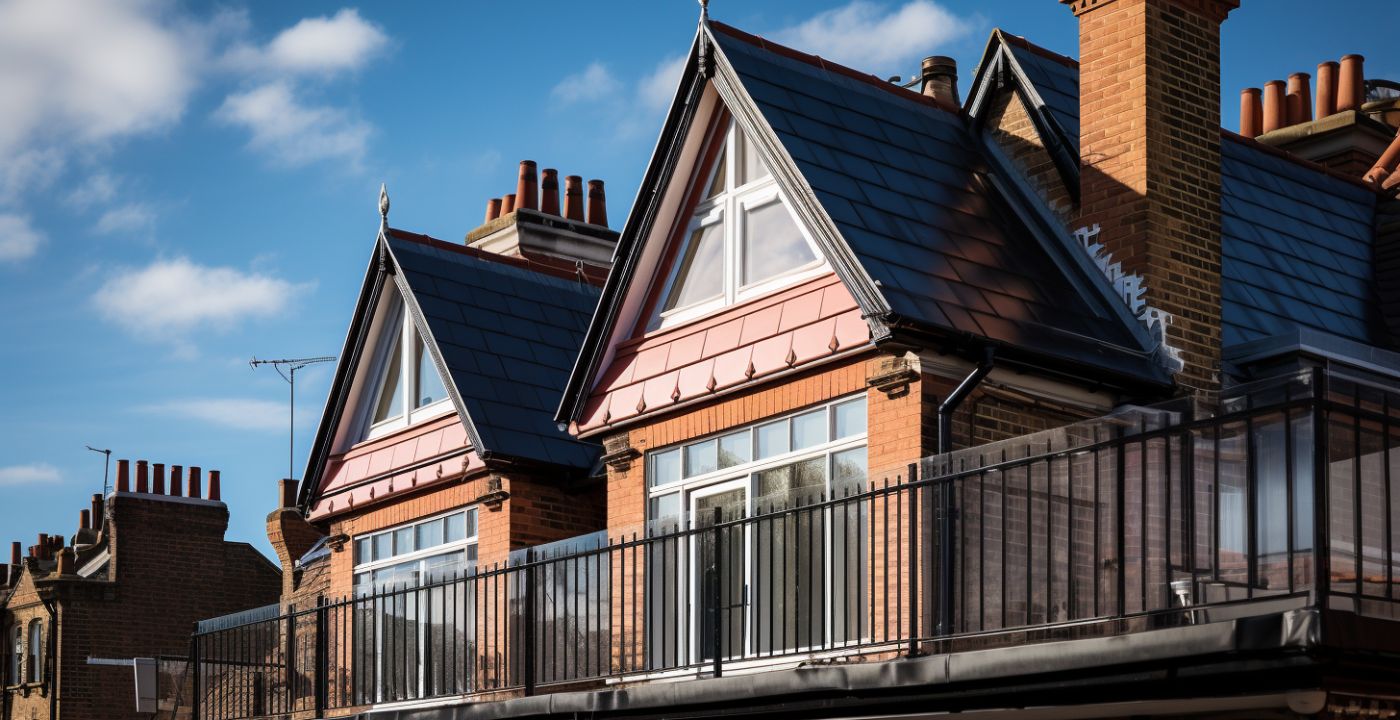
Roof Light/Velux
What is a roof light/velux loft conversion?
A Roof Light, often termed as Velux (after a popular brand), loft conversion is characterised by installing windows flush with the existing roofline. For additional insights check out What is a Velux Loft Conversion?
Unlike other conversion types, the roof’s structure is not altered, which means no extensions or expansions are made; it’s merely about optimising the existing space.
Summary
Championing simplicity and cost-effectiveness, the Roof Light/Velux conversion is all about harnessing the potential of your existing loft space.
By integrating skylight windows flush with the existing roofline, it floods the loft with natural light, making it bright and airy.
Being the least disruptive in terms of structural changes, it’s perfect for those who want to achieve a loft transformation without the extensive construction processes.
When it comes to exterior finishes, the alterations are subtle. Most homeowners choose to focus on interior decor and maximising the influx of natural light, though options for external finishes such as roofing materials or additional insulation can be explored.
Pros & Cons
Pros
- Minimal Disruption: No major structural changes mean a faster and less disruptive construction process.
- Cost-Effective: Being one of the simplest forms of conversions, it is generally more affordable.
- Natural Light: The skylight windows ensure an abundance of natural light, making the space bright and welcoming.
Cons
- Limited Space Increase: As there's no change in the roof's structure, it doesn't offer as much additional space as other conversions.
- Less Thermal Efficiency: While skylights bring in light, they can also lead to temperature fluctuations if not properly insulated.
- Design Limitations: Given its simplistic nature, there's less room for intricate design elements or multiple room additions.
Who is it for?
If you’re after a straightforward, budget-friendly loft transformation that capitalises on natural light, the Roof Light/Velux Loft Conversion might just be your ideal choice. It’s the embodiment of less is more, delivering a luminous loft space with minimal fuss.
Cost
Given its less invasive nature and the absence of major structural modifications, Roof Light/Velux conversions are usually priced between £20,000 to £30,000.
However, the final tally can differ based on the number of windows, their quality, and any chosen interior
Examples
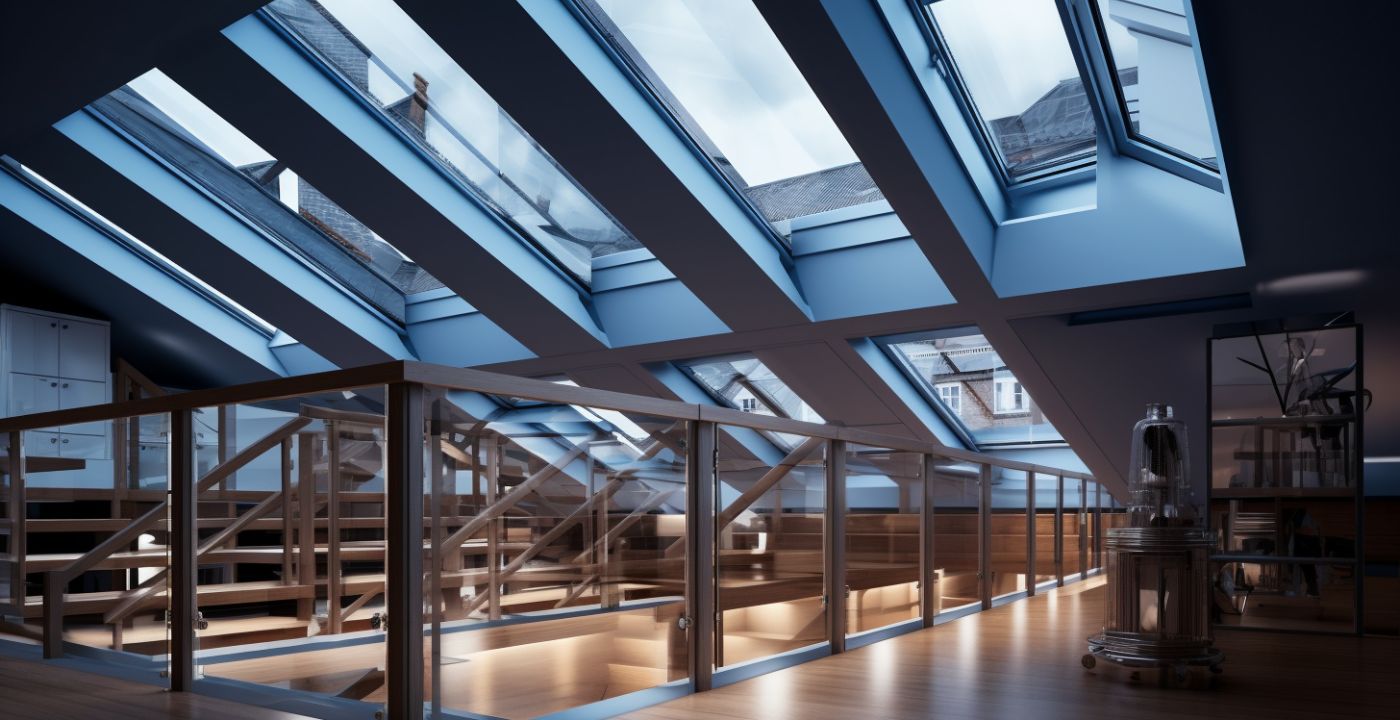
FAQs
How much does a loft conversion cost?
The cost of a loft conversion varies depending on the type, size, and finishes chosen.
On average, you can expect to spend anywhere from £20,000 to over £50,000. For further details check out our article How Much Does a Loft Conversion Cost?According to Checkatrade the average cost of a loft conversion in 2023 is £50,000.
Can any loft be converted?
Not all lofts can be converted. Factors such as roof height, the structure of the roof, and potential obstacles can impact the feasibility of a loft conversion.
A professional assessment is always recommended. You can get further insights from our article Can any Loft be Converted?
What's the most cost-effective loft conversion?
Typically, Roof Light/Velux or Shell conversions are the most cost-effective as they require minimal structural changes.
Conclusion
Loft conversions represent an exciting intersection of aesthetics and functionality.
From enhancing property value to creating personalised spaces, the range of conversion types offers solutions for every homeowner.
The art of picking the right exterior finish further ensures the conversion stands as a testament to both form and function.
Armed with this knowledge, may your loft conversion journey be an informed and fulfilling one.
If you want further assistance on choosing the right kind of loft conversion for your property, please get in touch.



